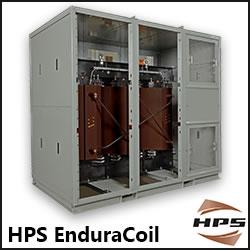What is the Impact of Seabed Conditions?
Poor conditions on the sea bed can have a very negative impact
Eirik Byklum, Statoil, has commented that:
How important are seabed conditions for your offshore wind business?
Alongside distance to shore, water depth, and wind conditions, seabed consistency has a major impact on wind farm design, in terms of turbine and foundation selection, size of the farm, and the project logistics for installation and O&M. In turn, seabed conditions have a direct impact on both CAPEX and OPEX costs.
If, for example, mobile seabed conditions are found where an offshore project is planned, the impact can be disastrous, as has been seen in recent incidences of delayed and cancelled projects. In contrast, a thorough understanding of seabed conditions has a strong positive impact on project finances. As Byklum explains:
"the layout of the turbines is something that can have a great deal of impact on productivity. It draws upon various variables, notably the seabed beneath and the direction from which the wind is coming"
If optimum positioning can be established considering both wind resource assessment and seabed assessment, foundation design will be cheaper and risks will be reduced, contributing to the overall lowering of the levelised cost of energy (LCOE) that the industry is striving for.
GeoSea has produced a case study, Assessing the Implications of Working Areas of Complex Soil, which looks at some of the challenges of complex soil conditions.
It includes an overview of GeoSea's high-profile projects (DOTI's Alpha Ventus, Trianel's Borkum West II, Dong's Borkum Riffgrund I, EnBW's Baltic II), and a look at innovative solutions to working in areas of complex soil.
If seabed conditions have an impact on your business, this presentation should be interesting for you.
Let me know if you have any feedback!
Amy
Amy Allebone-Salt
Projects Director | Wind Energy Update
+44 (0)207 422 4374
amy@windenergyupdate.com
http://uk.linkedin.com/in/amyallebonesalt/
Featured Product

HPS EnduraCoilTM Cast Resin Medium Voltage Transformer
HPS EnduraCoil is a high-performance cast resin transformer designed for many demanding and diverse applications while minimizing both installation and maintenance costs. Coils are formed with mineral-filled epoxy, reinforced with fiberglass and cast to provide complete void-free resin impregnation throughout the entire insulation system. HPS EnduraCoil complies with the new NRCan 2019 and DOE 2016 efficiency regulations and is approved by both UL and CSA standards. It is also seismic qualified per IBC 2012/ASCE 7-10/CBC 2013. Cast resin transformers are self-extinguishing in the unlikely event of fire, environmentally friendly and offer greater resistance to short circuits. HPS also offers wide range of accessories for transformer protection and monitoring requirements.
